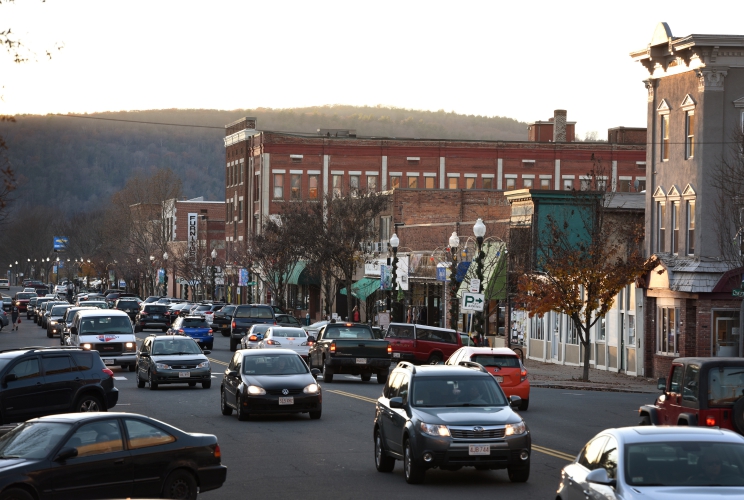I understand the frustrations expressed by Jen Davenport in her recent commentary about preparing her children for college and facing shortages of basic services in Greenfield [“Basic needs hard to find in Greenfield,” Recorder, Aug. 20]. The difficulties she describes are real and echoed by many families. However, as someone involved in business and real estate development across small towns, I believe it’s important to consider the broader economic forces at work and to acknowledge the efforts of those committed to Greenfield’s future. n nThe retail struggles Greenfield faces are not isolated or simply the result of local mismanagement. In 2024, over 7,300 store closures were announced nationwide, according to Coresight Research. Major chains like Family Dollar, Walgreens, Big Lots, and Lumber Liquidators are pulling back significantly. Even well-funded national retailers are adapting to changing consumer habits, particularly the shift toward online shopping. n nE-commerce has permanently reshaped how Americans shop, and our personal choices contribute to this trend. Every time we order online or travel to larger towns like Hadley or Northampton for convenience, we reinforce patterns that make it harder for local businesses to survive. This isn’t about assigning blame, but about recognizing that community-wide behavior influences the local economy. n nWhile it’s easy to focus on what’s missing, we should also recognize the dedication of individuals supporting Greenfield’s commercial life. City staff such as Christian LaPlante and Amy Chaillane have worked hard to attract and assist businesses. Hannah at the Greenfield Business Association and Jessye Deane at the Franklin County Chamber of Commerce are strong advocates for economic vitality. n nThere are also tangible investments underway: the Mass family’s restoration of the Garden Theater, the Franklin Community Coop’s planned redevelopment of 294 Main St., and successful local ventures like Hope & Olive, Rise Above, and Tim Fisk’s salon renovation. These businesses thrive by offering unique experiences that big chains or online platforms cannot replicate. n nAs a real estate investor, I support these enterprises not only financially but also as a customer. Projects that preserve historic buildings and adapt them for modern use—like the Coop’s initiative—help create a distinctive identity that today’s consumers value. This authenticity sets communities like ours apart from generic commercial zones. n nWe must accept that Greenfield’s downtown will not return to its form from 30 years ago. The era of widespread chain stores is fading, not just here but across rural America. National economic shifts, evolving consumer preferences, and digital shopping have transformed the retail landscape. The key question is how we adapt. n nExperts such as Deb Brown, who specializes in revitalizing small towns, advocate for a new approach: engage residents, think innovatively, and build unique destinations. Many communities have learned that chasing big-box retailers does not lead to sustainable growth. Instead, success comes from cultivating vibrant cultural spaces, independent eateries, and niche shops that attract both locals and visitors. n nThis strategy is already yielding results. Recent state tourism figures show that visitors contributed over $106 million to Franklin County’s economy—proof that focusing on authentic, one-of-a-kind downtown experiences is effective. n nThat said, Ms. Davenport raises legitimate concerns about retail access. These issues deserve attention, but the answer isn’t simply attracting any chain that will come. Sustainable small-town development requires thoughtful planning, including: n nMixed-use developments combining housing, retail, and services n nSupport for entrepreneurs addressing unmet market needs n nInfrastructure upgrades to attract businesses and shoppers n nCultural and entertainment offerings that encourage people to spend time downtown n nRegional cooperation to pool resources and marketing efforts n nGreenfield has advantages, including its location at the intersection of I-91 and Route 2. But turning this into lasting economic opportunity requires time, strategic planning, and broad community involvement. n nEconomic revitalization in Greenfield is not a failed effort—it’s an ongoing process. The professionals and entrepreneurs working to improve the town deserve recognition and support. The challenges we face are shared across the country, and overcoming them will take innovation, patience, and collective commitment. n nRather than focusing on what has been lost, let’s focus on building a Greenfield that meets residents’ needs while preserving its unique character. Together, we can strengthen both the economic and social foundations of our community. n— news from Greenfield Recorder
